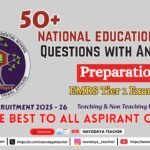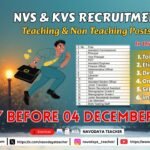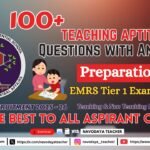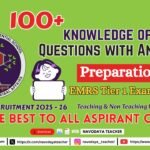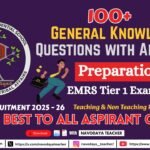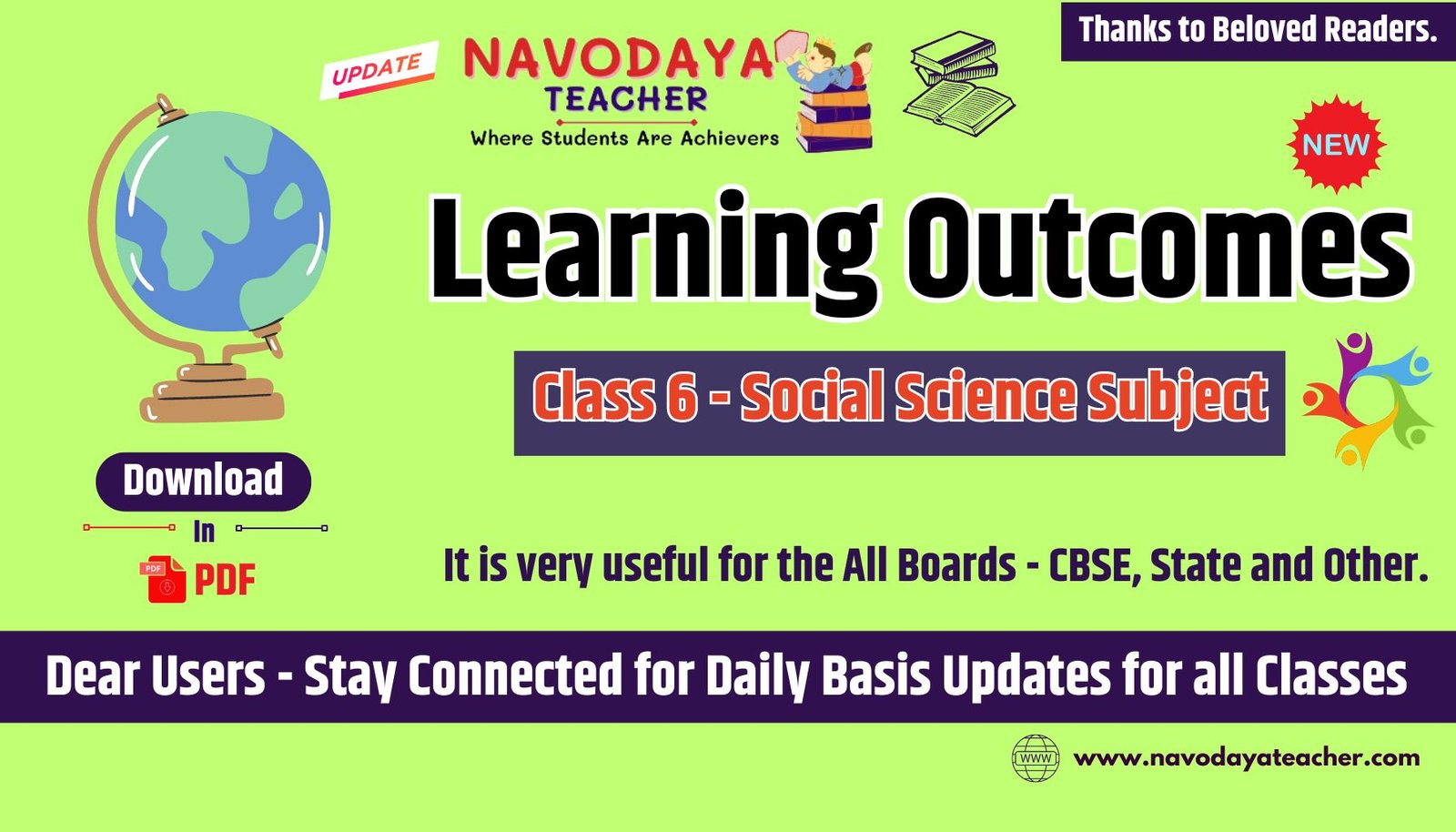In this article we providing information regarding latest Learning Outcomes for Class 6 Social Science Subject in PDF.
Learning Outcomes for Class 6 Social Science Subject in PDF
We are giving to the point of the Download Learning Outcomes for Class 6 Social Science Subject.
- Distinguishes between stars, planets and satellites e.g., sun, earth and moon.
- Recognises that the earth is a unique celestial body due to existence of life, zones of the earth with special reference to biosphere
- Demonstrates day and night; and season.
- Locates directions on the flat surface; and continents and oceans on the world map.
- Identifies latitudes and longitudes.
- Locates physical features of on the map of india.
- Draws a neighborhood map showing scale, direction, and features with the help of conventional symbols.
- Examines critically the superstitions related to eclipse.
- Identifies different types of sources (archaeological, literary etc.) And describes their use in reconstruction of history of this period.
- Locates important historical sites, places on an outline map of india.
- Recognises distinctive features of early human cultures and explains their growth.
- Lists out significant contributions of important kingdoms, dynasties with examples
- Explains broad developments during the ancient period
- Describes issues, events, personalities mentioned in literary works of the time.
- Describes the implications of india’s contacts with regions outside india in the fields of religion, art, architecture, etc.
- Outlines india’s significant contributions in culture and science
- Synthesises information related to various historical developments.
- Analyses basic ideas and values of various religions and systems of thought during ancient period .
- Describes various forms of human diversity around her/him.
- Develops a healthy attitude towards various kinds of diversity around her/him.
- Recognises various forms of discrimination and understands the nature and sources of discrimination.
- Differentiates between equality and inequality in various forms to treat them in a healthy way.
- Describes the role of government, especially at the local level.
- Identifies various levels of the government— local, state and union.
- Describes the functioning of rural and urban local government bodies in sectors like health and education.
- Describes factors responsible for availability of different occupations undertaken in rural and urban areas.
Thanks to Beloved Readers.

